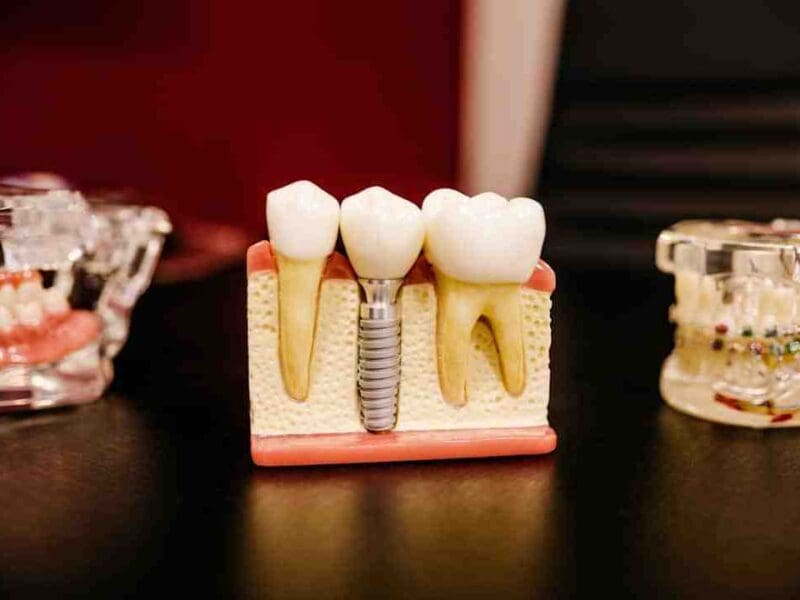
Exploring the Benefits of Platelet Rich Plasma (PRP) Therapy for Scars on the Face
Platelet Rich Plasma (PRP) therapy has become increasingly popular as a treatment option for improving the appearance of scars on the face.
PRP is a type of regenerative medicine that uses the patient’s own blood to stimulate the healing process and rejuvenate the skin. This natural, minimally invasive technique offers a range of benefits, including improved scarring, reduced inflammation, and a more even skin tone.
PRP therapy has been shown to effectively treat scars caused by acne, chickenpox, and burns, as well as those resulting from cosmetic surgery. In this article, we’ll delve into the science behind PRP therapy and explore the various benefits it can offer those with facial scars.
How Does PRP Therapy Work?
PRP therapy involves taking a small sample of blood from the patient’s arm and placing it in a centrifuge to isolate the platelets. The platelets are the body’s natural healing cells, and the isolation of these cells in PRP therapy allows them to proliferate and stimulate healing at a faster rate than they would in the bloodstream alone. The platelet-enriched blood sample is then injected into the skin where the scar is located. The platelets migrate to the site of injury and stimulate the surrounding tissue to produce collagen, which in turn results in the promotion of new, healthy skin. These healing properties make PRP therapy a particularly effective treatment for facial scar healing.
Benefits of PRP Therapy for Facial Scars
The benefits of PRP therapy for the treatment of facial scars are numerous. The therapy can be used to combat a range of different types of scars, such as acne scars, chickenpox scars, and surgical scars.
Some of the main benefits of PRP therapy are:
– Improved Appearance – PRP therapy can help improve the appearance of scars in a number of ways, including promoting new collagen production, reducing swelling, and inhibiting fibroblast activity. These benefits can help significantly reduce the appearance of the scar and make it less visible.
– Improved Texture – PRP therapy can be used to treat a variety of different skin conditions that may lead to scarring on the face. Acne, chickenpox, and burns can all cause scarring, which can lead to the texture of the skin becoming rougher and less smooth. PRP therapy can help reduce the texture of the skin and make it feel softer once again.
– Improved Colour – Scars that are red, blue, or purple in colour are able to be improved by PRP therapy which can be used to help reduce the redness in a scar and make it less noticeable.
The Science Behind PRP Therapy
The team at Hair and Skin Science believes the science behind PRP therapy lies in the fact that the platelet-rich plasma contains lots of growth factors, which are chemicals that stimulate cell growth and division. By injecting PRP into the area surrounding the scar’s surface, it can help treat a variety of issues, such as acne scars and surgical scars, also helping the skin to heal faster and reduce the amount of pigmentation around the area.
PRP Therapy for Acne Scars
Acne scars are perhaps the most common type of facial scar. While acne usually has a quick and easy cure with topical products and topical antibiotics, it can also leave marks that take much longer to fade, especially on the face. Acne scars can be a challenge to treat, but PRP therapy may be able to help. The therapy can be used to treat icepick, boxcar, and rolling acne scars, and it has proven to be particularly effective in treating icepick acne scars.
PRP Therapy for Chickenpox Scars
Chickenpox is a common childhood skin condition that usually causes few long-term effects, but it can occasionally cause scarring. PRP therapy can be used to treat these scars and help them fade more quickly. PRP therapy for chickenpox scars is an often effective scarring treatment for the face because it can help reduce the amount of inflammation around the area and encourage the skin to produce collagen.
PRP Therapy for Burns and Cosmetic Surgery Scars
A scar resulting from a burn is typically pink or red in colour, whereas a scar resulting from cosmetic surgery is often purple. PRP therapy can be used to treat both types of scars and help reduce the amount of redness in the skin and make it appear pink once again. It can also help reduce the amount of inflammation around the area and speed up the healing process.
Facial scars can be challenging to treat, but platelet-rich plasma therapy is a powerful and effective way to help them fade. This type of therapy can be used to treat a variety of different types of scars, including acne scars, chickenpox scars, and burns. Always consult with a respected clinic that specialises in this type of treatment such as Hair and Skin Science.







